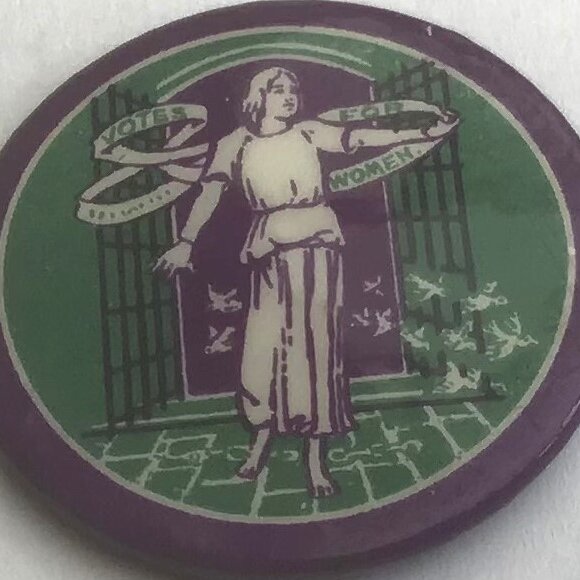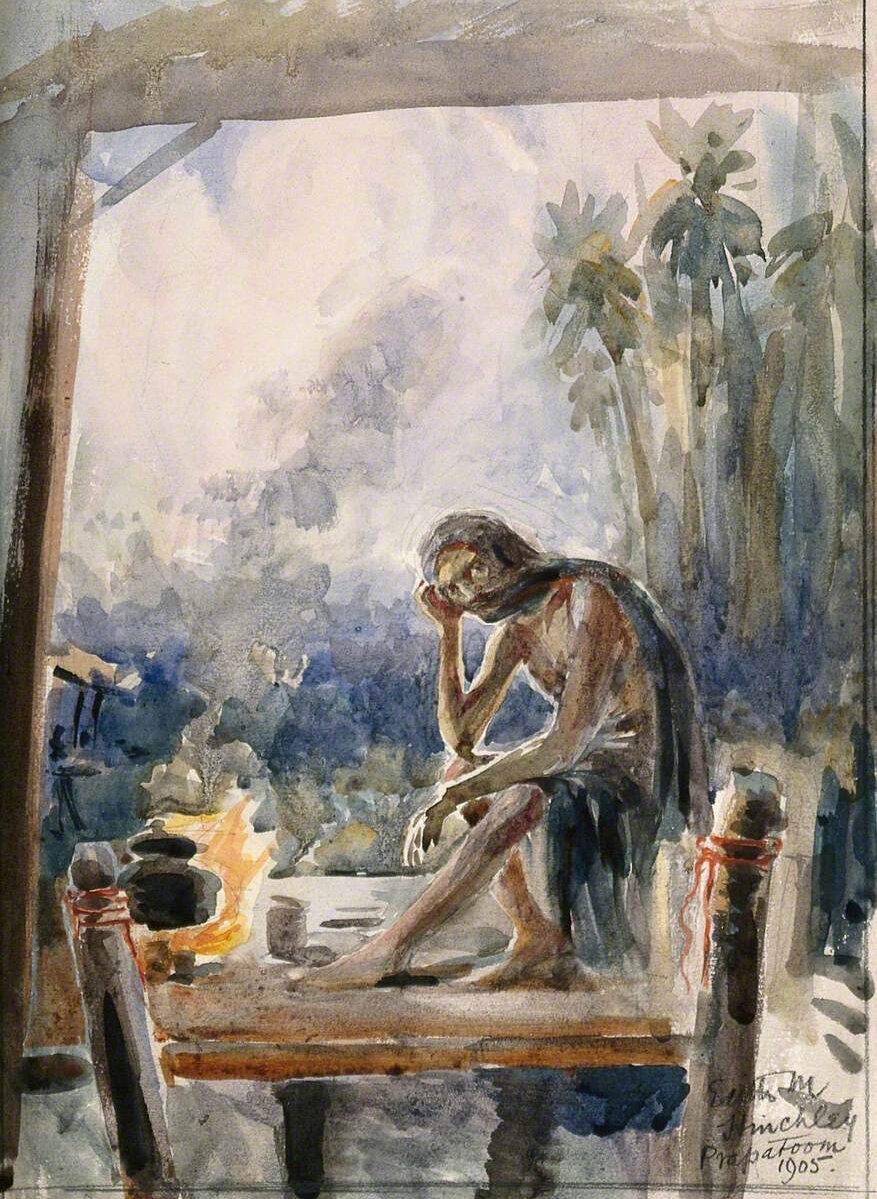Edith M. Hinchley
Edith Mary Hinchley née Mason [also known as Ms. J.W. Hinchley] (23 Jan. 1870, Chelsea, London — 16 Oct. 1940, in The Blitz, London) was a British painter, genealogist, suffragist, and humanist who spent three years in Bangkok, 1904 – 1907.
A noted student at the Royal College of Art, she met a male student from Imperial College, Chemical and Mechanical Engineer John William Hinchley (1871−1931), who was Manager of Natural Colour Photography Co. and Member of Society of Chemical Industry in 1903, the year they married on 4 Aug. Named Chief Assayer and Technical Superintendent of the Royal Mint of Siam, Hinchey left for Bangkok a few months later, and Edith joined him there in 1904, staying there until 1907.
She already was a respected artist, exhibiting from 1897 to 1928 some 27 works at London Royal Academy, the Royal Glasgow Institute of the Fine Arts, Dublin Royal Hibernian Academy, Manchester City Art Gallery, Liverpool Walker Art Gallery and at the Paris Salon. A member of the Royal Society of Miniature Painters, Sculptors and Gravers since 1896, she joined the Society of Women Artists in 1922, and the West London Ethical Society at the same period, as she was resolutely involved in the feminist and humanist movements.
On 12 August 1911, she published a pamphlet in The Vote, the newspaper of Women’s Freedom League, a militant suffrage movement, in which she stated that “the artist, and especially the woman artist, is often supposed to live entirely in a world of beautiful dreams, whereas the actual facts of existence press as hardly upon her, or even more so, than upon most men […] The woman artist appears quickly to have grasped the fact that she cannot maintain an isolated and merely selfish point of view, since the interests of all are indissolubly bound together.”

In 1923, Edith was was commissioned to paint a miniature of Princess Helene Victoria of England, now part of the Royal Collection Trust, and in 1937 she painted a portrait of Evan Frederick Morgan, 4th Baron, 2nd Viscount Tredegar at the coronation of George VI, now part of the National Trust collection. She often signed her works with initials ‘EMH’ in white.
For the 1913 English edition of Pierre Loti’s A Pilgrim to Angkor, she executed a stunning painting of “the main stairway to Angkor Vat”, used as frontispiece inthe book. We do not know whether she visited the Angkorean ruins during her stay in Bangkok, yet it seems likely and further researcher is needed.
As a reputed heraldic artist since her youth, Edith Mary Hinchley designed the seal for the Institution of Chemical Engineers led by her husband, who had contributed to the development of color photography and was a specialist in acetone production. After John Hinchley’s death in 1931, she donated to the British Museum their antiquities collection, including metal coins and porcelain items dating back as far as 150 BCE.

